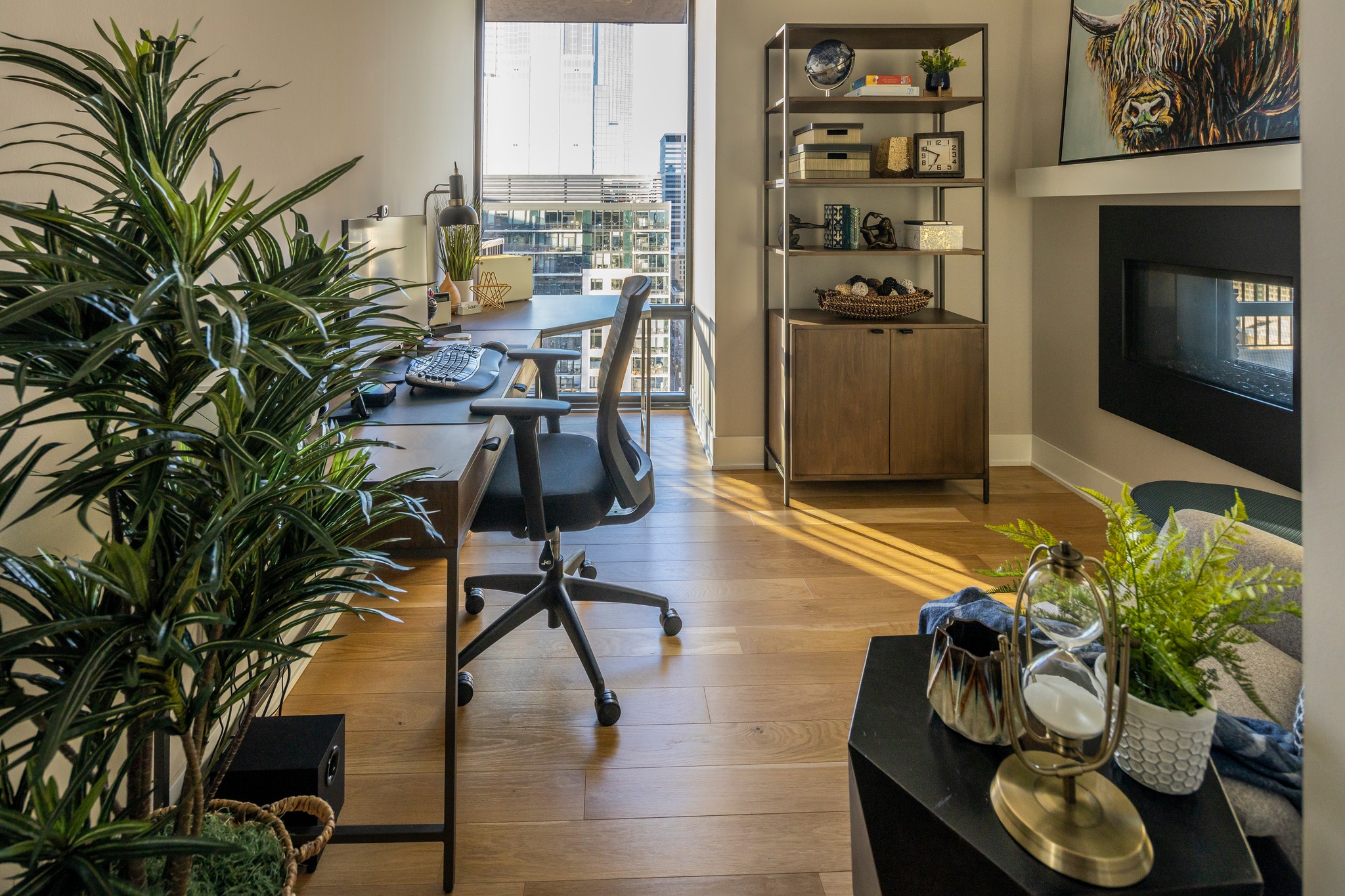Crafting Your Perfect Home Office: Design Tips for Maximum Productivity and Comfort

Mar 1, 2024

In recent years, the concept of working from home has become increasingly prevalent, making the design of a functional and inspiring home office more important than ever. Whether you’re a freelancer, entrepreneur, or remote employee, creating a dedicated workspace tailored to your needs can significantly enhance productivity and well-being. Here are some key design tips to consider when designing your home office:
- Choose the Right Location: Selecting the right location for your home office is paramount. Ideally, it should be situated in a quiet area of your home with minimal distractions. Natural light is also essential for creating a bright and inviting workspace, so consider positioning your desk near a window if possible.
- Prioritize Comfort: Since you’ll be spending a significant amount of time in your home office, comfort is paramount. Invest in a supportive ergonomic chair that promotes good posture and reduces the risk of discomfort or injury. Additionally, ensure that your desk is at the appropriate height to prevent strain on your neck and shoulders.
- Maximize Storage: An organized workspace can help boost productivity and reduce stress. Incorporate plenty of storage solutions such as shelves, cabinets, and drawers to keep your office clutter-free. Utilize vertical space to maximize storage capacity without sacrificing valuable floor space.
- Personalize Your Space: Your home office should reflect your personality and style while inspiring creativity and motivation. Incorporate personal touches such as artwork, photos, and decorative accessories that resonate with you. Choose a color scheme that promotes focus and concentration while evoking a sense of calm and serenity.
- Optimize Technology: Ensure that your home office is equipped with the necessary technology to support your work requirements. Invest in high-quality hardware such as a reliable computer, printer, and high-speed internet connection. Consider cable management solutions to keep cords and cables neat and organized.
- Create a Distraction-Free Environment: Minimize distractions in your home office to maintain focus and productivity. Consider incorporating soundproofing elements such as rugs or curtains to reduce noise from other areas of your home. Establish boundaries with family members or roommates to minimize interruptions during work hours.
- Incorporate Greenery: Adding plants to your home office can improve air quality, reduce stress, and increase productivity. Choose low-maintenance indoor plants such as succulents or snake plants that thrive in indoor environments. Place them strategically throughout your workspace to add a touch of nature and vitality.
- Experiment with Layout: Don’t be afraid to experiment with different layouts until you find one that works best for you. Consider factors such as workflow, accessibility, and comfort when arranging furniture and equipment. Allow for flexibility to accommodate different tasks and activities throughout the day.
By incorporating these design tips into your home office, you can create a productive, comfortable, and inspiring workspace that supports your professional endeavors. Whether you’re working on a creative project, attending virtual meetings, or tackling everyday tasks, a well-designed home office can make all the difference in your productivity and overall well-being.
